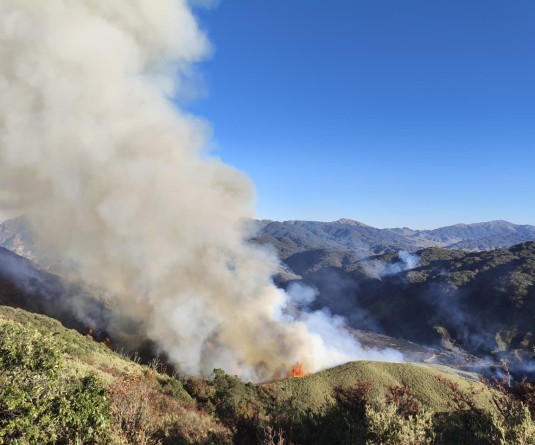
Our Correspondent
Kohima |June 19
The Directorate of Science & Technology, Nagaland has asserted that climate change cannot be addressed in isolation of broader societal goals, such as equity or sustainable development. It informed that climate change involves complex interactions between climatic, environmental, economic, political, institutional, social and technological processes. The Directorate stressed on climate mitigation to permanently reduce long-term risk and hazards of climate change to human life and property. It also stated that climate change adaptation is an understanding of how individuals, groups and natural systems can prepare for and respond to changes in the climate or their environment.
Through a pamphlet received here today, the Directorate stated that there are seven indicators that would be expected to increase in a warming world. It includes; increase in temperatures of the troposphere, ocean, sea surface; increase in humidity; rise in sea and ocean levels; increase in the ocean heat content and increase in temperature over land. It also added that three indicators would be expected to decrease, which include: retracting glacial line, decrease of ice levels in seas and oceans and decreasing snow cover on land.
According to Mitchell and Tanner (2006), it is crucial to reducing vulnerability to climate change. While mitigation tackles the causes of climate change, adaptation tackles the effects of the phenomenon. The potential to adjust in order to minimize negative impact and maximize any benefits from climate change is known as adaptive capacity. A successful adaptation can reduce vulnerability by building on and strengthening the existing coping strategies.
The Intergovernmental Panel on Climate Change states that there will always be uncertainty in understanding a system as complex as the world’s climate. However the IPCC informed of strong evidence that significant global warming is occurring. The evidence comes from direct measurements of rising surface air temperatures and subsurface ocean temperatures and from phenomena such as increases in average global sea levels, retreating glaciers and changes to many physical and biological systems. It further states that most of the warming in recent decades can be attributed to human activities.




.jpg)

